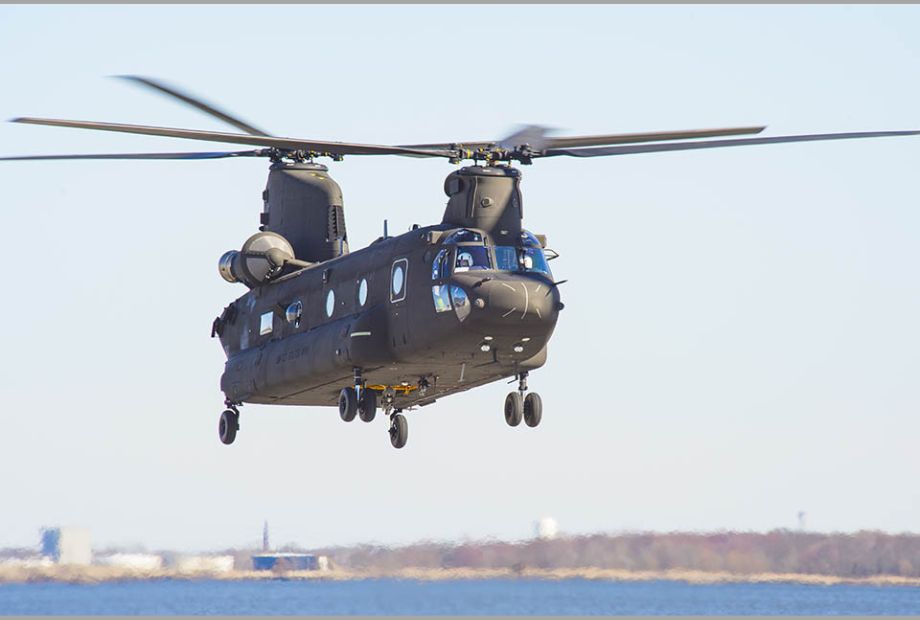On April 8, 2024, the American Company Boeing Defense announced via a tweet the first flight of the CH-47F Block II Chinook helicopter. Although the CH-47 Chinook has been regularly upgraded to better meet the needs of the armed forces, it first entered active service in the 1950s and a successor was needed.
Follow Army Recognition on Google News at this link

CH-47F Bloc II during its first test flight. (Picture source Boeing defense )
The challenge of finding a successor to the CH-47 Chinook is significant, as few manufacturers can provide a long-endurance troop transport that can be converted for various missions such as supply, medical evacuations, etc.
Boeing has therefore introduced the CH-47F Block II Chinook, the first contract for which was concluded in December 2023 for six units of this heavy transport helicopter that can cover 712 km, compared to 720 km for its predecessor equipped with additional fuel tanks. The CH-47F Block II is capable of taking off with more than one and a half tons more payload than its predecessor (28,000 lbs vs. 25,000 lbs).
Having recently completed its first flight, it is also noted that the CH-47F Block II has a higher cruising speed than its predecessor, which can reduce transport time s.The H-47 Chinook is the heavy-lift helicopter of choice for the U.S. Army and 20 international operators. It is an advanced, multi-mission, tandem rotor helicopter, proven in cargo and troop transport, search and rescue, casualty evacuation, special operations, humanitarian and disaster relief, and more.
The tandem rotor design provides for increased stability and control, maximum agility, ease of loading and unloading, and superior performance in wind. The Chinook can operate where others cannot. Rear ramp access on any terrain is not restricted by tail rotor clearance, allowing tandems to operate on unprepared, mountainous positions and execute the unique pinnacle landing capability. The design also allows the Chinook to fly at up to 20,000 feet, higher than other helicopters in its class.
It contains a fully integrated, digital cockpit management system – the Common Avionics Architecture System (CAAS) Cockpit paired with a Digital Automatic Flight Control System (DAFCS) – as well as advanced cargo-handling capabilities that complement the aircraft's mission performance and improve situational awareness.
Covering a vast amount of distance in a quick amount of time, the CH-47F Chinook can be equipped with extended-range fuel tanks and fitted for air-to-air refueling capability, meaning the Chinook can fly farther than ever before.
The Chinook Block II program positions the Army and international allies for long-term success. Not only is the Block II aircraft capable of meeting today’s heavy-lift requirements, but it also provides structural and design improvements that allow additional future upgrades to meet long-term heavy-lift needs.
Key investments in next-generation technologies such as avionics open systems architecture and mission systems integration will enable decisive overmatch, a critical advantage for the warfighter to succeed in Joint All-Domain Operations. Structural enhancements and vehicle power upgrades will keep the Chinook prepared to fight and win in all missions including large-scale combat operations for decades to come.
Defense News April 2024
















